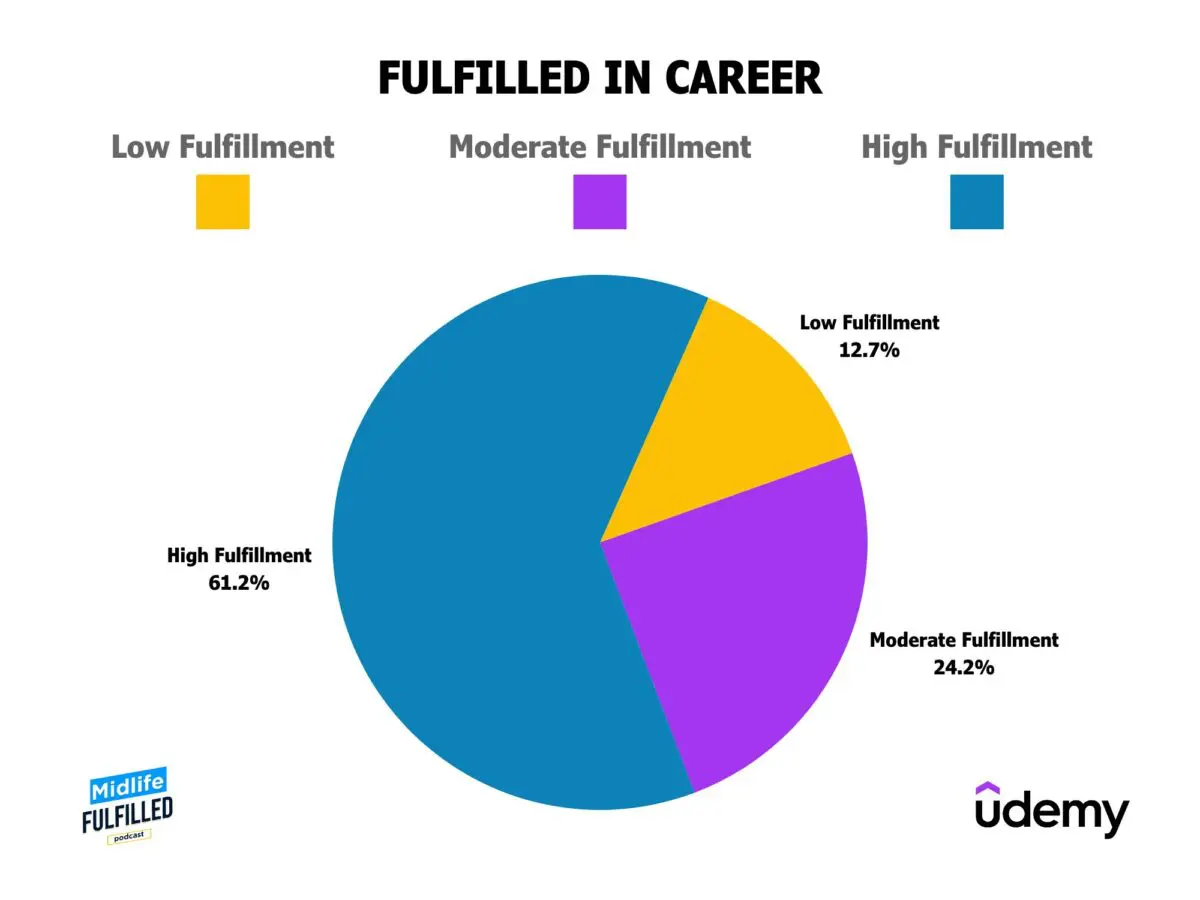Rethinking Leadership by Understanding Opportunity Cost
Leadership cost is often measured in terms of salaries, training budgets, and other hard costs. Yet, these tangible costs pale in comparison to the less visible and often underestimated opportunity cost of leadership.
The real question isn’t “What does it cost to lead effectively?” but rather, “What is the cost of failing to lead with authentic empathy?” This is where the concept of Fulfillment Centric Leadership becomes transformative.
becomes transformative.
A Personal Journey to Holistic Leadership
My own leadership journey began in the most unexpected and tragic way. In my first leadership role, my team and I endured the loss of a team member to domestic violence. This heartbreaking incident shifted my perspective and became my “why” for leading with genuine care for the holistic well-being of my team. I instinctively understood that work and life are interconnected, and I embraced a people-first approach that considered each person’s unique challenges and aspirations.
At the time, I was an “unconscious competent” leader—leading intuitively, yet without a framework or evidence-based insights to guide me. Over the decades since then, through learning from inspiring leaders and conducting research of my own – The Thriving in Midlife Report – I’ve become a “conscious competent” leader. I now lead with intentionality and a clear focus on fulfillment, knowing that when each individual feels valued and supported, they bring their best selves to work.
The Business Case for Fulfillment
The cost of not leading with fulfillment at the forefront is staggering. According to Gallup’s 2024 State of the Global Workplace Report, 77% of the global workforce is disengaged. The economic impact of this disengagement is a jaw-dropping $8.9 trillion annually in annual lost productivity.
For organizations, employee disengagement has an impact in many ways:
Higher turnover: Replacing an employee costs between 50% and 200% of their annual salary. Source: Center for American Progress.
Lost productivity: Actively disengaged employees are 18% less productive than their engaged counterparts. Source: Gallup.
Reduced Innovation: Teams lacking psychological safety and fulfillment are less likely to take risks, share ideas, and innovate. Source: Harvard Business Review.
Conversely, companies that prioritize engagement and fulfillment reap tangible benefits as reported by Gallup:
 A 23% increase in profitability
A 23% increase in profitability
 A 41% reduction in absenteeism.
A 41% reduction in absenteeism.
 A 59% decrease in turnover in highly engaged teams.
A 59% decrease in turnover in highly engaged teams.
The Opportunity Cost of Leadership
Every leader, knowingly or unknowingly, makes decisions that either enhance or erode their team’s sense of fulfillment. Ignoring the personal and professional needs of employees has a ripple effect that extends beyond morale—it impacts business outcomes.
The opportunity cost of poor leadership is profound. When leaders fail to create a culture of fulfillment, they miss the chance to:
1. Tap into their best effort: Employees who feel valued and fulfilled go above and beyond their job descriptions.
2. Foster loyalty: People don’t leave companies; they leave managers. A culture of fulfillment reduces turnover and retains institutional knowledge.
3. Drive innovation: A fulfilled workforce feels empowered to take calculated risks and share creative ideas without fear of judgment.
Leading Through the Lens of Fulfillment
Fulfillment Centric Leadership isn’t just a feel-good concept—it’s a strategic imperative. Leading through fulfillment means creating an environment where people thrive both personally and professionally. It requires:
isn’t just a feel-good concept—it’s a strategic imperative. Leading through fulfillment means creating an environment where people thrive both personally and professionally. It requires:
1. Authentic empathy: Listening to your team, understanding their unique needs across the five key life pillars, and demonstrating genuine care.
2. Alignment with values: Helping employees connect their roles to their values. When people see how their work aligns with the things they care most about holistically, they engage more deeply.
3. Personal Development opportunities: Providing tools, training, and mentorship to help employees grow in their careers and lives.
4. Work-life integration: Supporting employees in balancing their personal and professional lives without sacrificing one for the other.
Why Fulfillment Matters Now More Than Ever
In an era where hybrid work models blur the lines between personal and professional life, fulfillment is no longer optional—it’s essential. Employees expect more from their leaders than transactional Relationships. They want to be seen, heard, and valued as whole people.
Leadership that embraces fulfillment doesn’t just transform workplace culture—it drives results. Fulfilled employees are engaged employees, and engaged employees are the bedrock of organizational success.
Career Fulfillment Glass Half Full (or Empty)
A notable finding in the Thriving in Midlife report is 61.2% of individuals over age 40 report being fulfilled in their careers. Leaders can accept this as a “majority” – the glass is half full – or room for improvement.
Are You Measuring the Cost—or Investing in Fulfillment?
Leadership is about choices. Are you tracking the cost of leadership in terms of disengagement, turnover, and lost productivity? Or are you Investing in a culture of fulfillment that unlocks the full potential of your team and the impact on your bottom line?
By shifting your focus from cost to opportunity, you can create a workplace where employees thrive—and by extension, so does your organization. The question isn’t what it costs to lead through fulfillment. The real question is: What is the opportunity cost of failing to?
Connecting the Dots to Fulfillment Centric Leadership
Fulfillment Centric Leadership provides a roadmap for leaders to reframe their approach. It emphasizes the critical importance of addressing the whole person—recognizing that fulfillment isn’t a perk; it’s a necessity. By embedding these principles as foundational in your leadership practices, you’re not just building a better workplace; you’re fostering a better future for your employees, your organization, and yourself as a leader.
provides a roadmap for leaders to reframe their approach. It emphasizes the critical importance of addressing the whole person—recognizing that fulfillment isn’t a perk; it’s a necessity. By embedding these principles as foundational in your leadership practices, you’re not just building a better workplace; you’re fostering a better future for your employees, your organization, and yourself as a leader.
Now, more than ever, leaders have the opportunity to make a profound impact. By leading through the lens of fulfillment, you can turn disengagement into engagement, transform opportunity costs into measurable gains, and create a culture that inspires people to bring their best selves to work every day.
What steps will you take today to invest in fulfillment? Start by learning more about Fulfillment Centric Leadership .
.
Image source Freepik.
The post Rethinking Leadership by Understanding Opportunity Cost appeared first on Midlife Fulfilled.



























